
Are the post-October 7 communication practices of the Jewish world already beginning to play into the hands of Hamas and their supporters? Our enemies have proven to be masterful winners in this Communication War, and we are again proving to be the losers, employing the same old strategies that led us, over years, into this disastrous position.
Evidence: The Sunday, Dec. 17, 2023 edition of The New York Times featured an ad placed by one of America’s most prestigious Jewish groups, The Conference of Presidents of Major Jewish Organizations. The title says exactly what it is, the largest collaboration of American Jewish leaders across the spectrum. And their first volley in this communication battle is an expenditure of $250,000 on a print ad and in mobile editions, carrying the headline, “Hatred of Israel is endangering American Jews.”
The biggest impact of this ad? By its creation and placement, it is signaling to our enemies that we are desperate, flailing around as we wonder how to strategize in this Communication War, and have no idea what to do.
It has been more than 20 years since I left my successful career in advertising. I had created award-winning campaigns for clients ranging from Apple to Coca Cola. But at a certain point, I decided I wanted to apply these skills to my true passion: Helping the Jewish people. I was quickly hired by many organizations in the U.S., Canada and Israel. I thought that, between my ad career and knowledge of Jewish life, I had all the expertise I needed to have a real impact.
I was so naïve, so wrong.
I remember vividly how, early in my transition, I’d sit in meetings with organizational leaders, eating my Federation tuna sandwiches pulled from a plastic Lazy Susan plate. “What,” I would ask them, “is the discipline of marketing Jewish life?” They — professionals, donors, board members — would put down their pickle spears, look back at me, mouths hanging open, shaking their heads. “Just do everything you did for Apple and Coke.”
I assumed they knew what they were talking about. Because I certainly didn’t at that point. So I slapped the business marketing paradigm they were suggesting onto Jewish life.
With time, producing branding and ad campaigns that the organizations and their leaders loved, I had to admit to myself that I was failing. I had left advertising and entered into this work because I was committed to using my skills to help advance Jewish causes. Yet, after three years I didn’t see where I was moving the needle. I realized that neither I nor all those Jewish leaders knew how to do this. Shaking the hubris out of my head, I began a complex journey of observation, trial and error, discovering what was the discipline of “Jewish communication,” and what it would take to succeed.
Selling the Jewish people became a much more complex process than any product or service I ever had to sell during my ad agency days.
My first question was: What does success look like? I identified four bottom lines, measurable achievements where I could contribute to the success of Jewish communication for each organization that hired me, and for the broader Jewish community as a whole:
1. Advocate for the cause, changing people’s minds.
2. Build volunteers and activists — in some cases, paying consumers.
3. Create partnerships.
4. Raise money to actually do the work.
But how would all this happen while also leading to bottom-line results? I asked myself what the nature of this work was, and what methodology was organic to it.
To succeed, I had to stop imposing the advertising wisdom of my training, and instead respect the integrity of the cause’s communal nature.
Its nature, it turned out, was not commercial but communal. To succeed, I had to stop imposing the advertising wisdom of my training, and instead respect the integrity of the cause’s communal nature. That’s when I began learning about community organizing.
And I understood that all of this Jewish marketing and communication needed to be filtered through a community organizing process. What would it take to bring the community together, organizing it for a communication success, to work in a collaborative process with its people, to accomplish the four bottom lines above. I had to identify those community segments within and outside the Jewish world that we wanted to target. I had to learn about how these segments functioned and identify their influencers. Their influencers were my first target. I had to work with them, engage them with ideas, in order to then infiltrate their networks. It is hard work without easy answers. Few organizations were willing to do it. “Just give us some branding, do some ads,” they kept saying.
Given that our enemies have infused their ideas and concepts into different communities — campus communities, people of color communities, religious communities, academic communities, even young liberal Jewish communities — it is clear that they have become masters of this methodology.
When it comes to this battle for communication, our enemies are so strategic across the board that they have now forced us into two wars being fought simultaneously. The IDF’s war for Israel’s security has ignited the war on worldwide antisemitism. In both wars, communication plays a crucial role — it is the DNA intertwining with both battlefields, having now become a battlefield in its own right.
Our enemies are committed to winning this communication battle because they know how integral it is to the other two wars being fought. It is obvious by their accomplishments that they have assembled a broad-based communication army. We are dramatically outgunned. Based on the minimal resources, coordination, and sophistication that characterize our effort, it doesn’t even look like we’ve begun to fight.
The Jewish People now need to assemble our own broad-based communication army of our own — one that can outsmart and defeat theirs. We need to seize the battlefield and put our enemies on the defensive, rather than the other way around.
Our communication army needs many different kinds of units and brigades — social media, campus, legacy media, influencer marketing, event marketing, messaging, policy makers, tech, AI, entertainment professionals, academia, faith-based, education, people of color, and much more. There are many excellent Jewish organizations already doing this work, who have to be consulted with, brought in and relied upon.
For this to succeed, however, we will need to focus on five key goals.
First: coordination and collaboration. This is not something we Jews do well. As a matter of fact, we are horrible at it because of too much ego between organizations and foundations, too much mistrust, and too many political differences.
Already, I have witnessed this reality from the scores of organizations and foundations who have reached out to me since Oct. 7. I tell them about the groups who I’ve spoken with and the plans they have sent me—so many plans that I cannot keep track of them—suggesting they collaborate with these groups. “Oh, we can’t work with those people,” they say, without missing a beat. I’ve also spoken with several influential Jewish leaders, tilting back in their chairs, who say, “Stop talking collaboration. It’s never going to happen.”
If we want a win, we must find some way of loose collaboration, coordination and discussion between us that leaves room for all the individual organizational entrepreneurship that we Jews are so good at making happen.
If we want a win, we must find some way of loose collaboration, coordination and discussion between us that leaves room for all the individual organizational entrepreneurship that we Jews are so good at making happen. No Jewish organization wants or will submit to being controlled by another, and few will commit to collaboration. However, without some form of big collaboration, we are not moving forward together on this battlefield. Individual organizations or small groups may have some wins. But the Jewish communication army will not be coordinated for the big overall goal: To take the communication hill of world opinion away from the enemy, who now holds too much of it.
Second: Focus on creating big ideas of Engagement. All the messaging, branding, ad campaigns, social media campaigns, influencer marketing, legacy media stories and more, are the “of course” actions. Of course, they should be done. But there is an engine that leads them, drives them. Without it, they will not possess ultimate power to reach the big goal together.
The engine is the creation of big ideas of engagement, an engine the enemy discovered a long time ago. Then all those “of course” actions can follow.
An example of a “big idea of engagement” is the Mavi Marmara incident in 2010, which became known as the Gaza Flotilla Raid. The Mavi Marmara was a Turkish ship, the flagship of a flotilla of vessels, crewed by pro-Palestinian activists, including many Europeans. They had sailed from Turkey, with humanitarian aid and construction materials, intending to break Israel’s blockade of Gaza. There were 500 activists on board. Israel’s Shayetet 13 naval commandos boarded the ships in order to force them into Ashdod for inspection. They met resistance from a hardcore group of activists armed with iron bars and knives. A struggle ensued and Israel began shooting, killing eight Turkish nationals and one Turkish American, and wounding ten others. The entire story, from beginning to end, went wildly viral across the globe, garnering extraordinary sympathy for the Palestinian cause, making the Israelis look like barbarians.
The planners of the flotilla knew they were creating a big worldwide idea of engagement. It was done for media attention and human sympathy. They knew the Israelis would board and they were ready. And then all the other of course communication tactics emanated from their big idea. It was brilliant in its success.
The Oct. 7th massacre perpetrated by Hamas is another example of our enemy’s big ideas of engagement. According to Israeli/Canadian writer Matti Friedman in a Dec. 28 article in The Free Press, Hamas knew very well what they would achieve. They knew that after the first few weeks of sympathy for Israel, the Israelis would invade and begin killing thousands of Gazans, and the tide would turn. They knew that the social media, the campuses, the massive demonstrations would kick in, as well as how the international pronouncements of governments everywhere would line up on their side.
They’re certainly not fighting us with full page ads in The New York Times.
Therefore, a big idea creation unit should be the most important brigade of this communication army. It will provide the army’s culture — a culture of extreme creativity. Creativity is the essence of powerful communication today. It is no longer just about an information or messaging dump. It has to be about the big idea of engagement in the lead.
Collaboration may not be our strong suit, but creativity is. The Jewish people are a creative people. Look at some of the most creative ideas for humanity and you will see the authorship of many Jews. Look at the creativity in tech, arts, food, fashion, dance, television, literature and many other outputs coming from Israel, on a world-class level. The often recited communication formulas for social media, branding, and storytelling will not help us defeat this enemy. The unbridled creativity of the Jewish people, applied to this army, will. This is why I have hope we can win and conquer the hill.
Third: Stop looking at communication as an intellectual process. To be successful, it must be first and foremost an emotional process. When you are communicating about Israel and the Jewish people, you are communicating our soul to the world. You are balancing the tangible aspect of what we are, with the intangible of who we are. You are expressing the legitimacy of our soul. What does Zionism mean to the soul of the Jewish people? What does modern day Israel mean to the soul of the Jewish people? What does Israel and what it stands for mean to the soul of the world? What does the existence of the Jewish people mean to the soul of the world? What does antisemitism do to the soul of the Jewish people? To the soul of America? The world?
Fourth: We need to talk about the soul of the Jewish people to the Jewish people themselves. Understanding our soul makes us a stronger people, capable of accomplishing more. It ignites us. It brings us higher. It gives us purpose.
Fifth: This Jewish communication army will have to be committed to and steeped in Jewish identity. To win, it cannot be made up of advertising professionals who have little knowledge about who we are and instead approach this job as they would a job for footwear or energy drinks. Oct. 7th has taught us we need to know more about communication than any group on the planet. This army has to be trained, ongoing. There needs to be a training unit that not only understands the Jewish people, but also all forms and facets of the constantly evolving communication world. And it never ends. It becomes a permanent part of the Jewish people’s existence.
Finally, we have to be prepared for how much such an army will cost: Billions of dollars. Communication, which has never been a Jewish priority, must now become one. I cannot tell you how many Jewish organizations would toss me out the door when I explained to them that their $25,000 and $50,000 budgets were not remotely enough to do the real job. They mistakenly thought that they were bringing me in to create branding, which they understood to be a logo, tagline, a narrative and some messaging. They never wanted to hear that communication requires the order of magnitude of resources that the other side was already investing.
You may be shaking your heads at this amount. But you wouldn’t shake your heads if you were told it was for many capital campaigns or building buildings with donors names on them. For many years, I spent a week each month with the Toronto Jewish community as the communication consultant on a nearly $500 million capital campaign. They raised that kind of money and more in a community of just 200,000 Jews. This proves that across the Jewish world, billions can indeed be raised.
We need to do this because Oct. 7th changed everything. And now everything about the way the Jewish world works must change as well.
Gary Wexler was recently honored by the National Library of Israel with the creation of The Gary Wexler Archive, a 20-year history of Jewish life told through the advertising campaigns he created for Jewish organizations in the US, Canada and Israel.









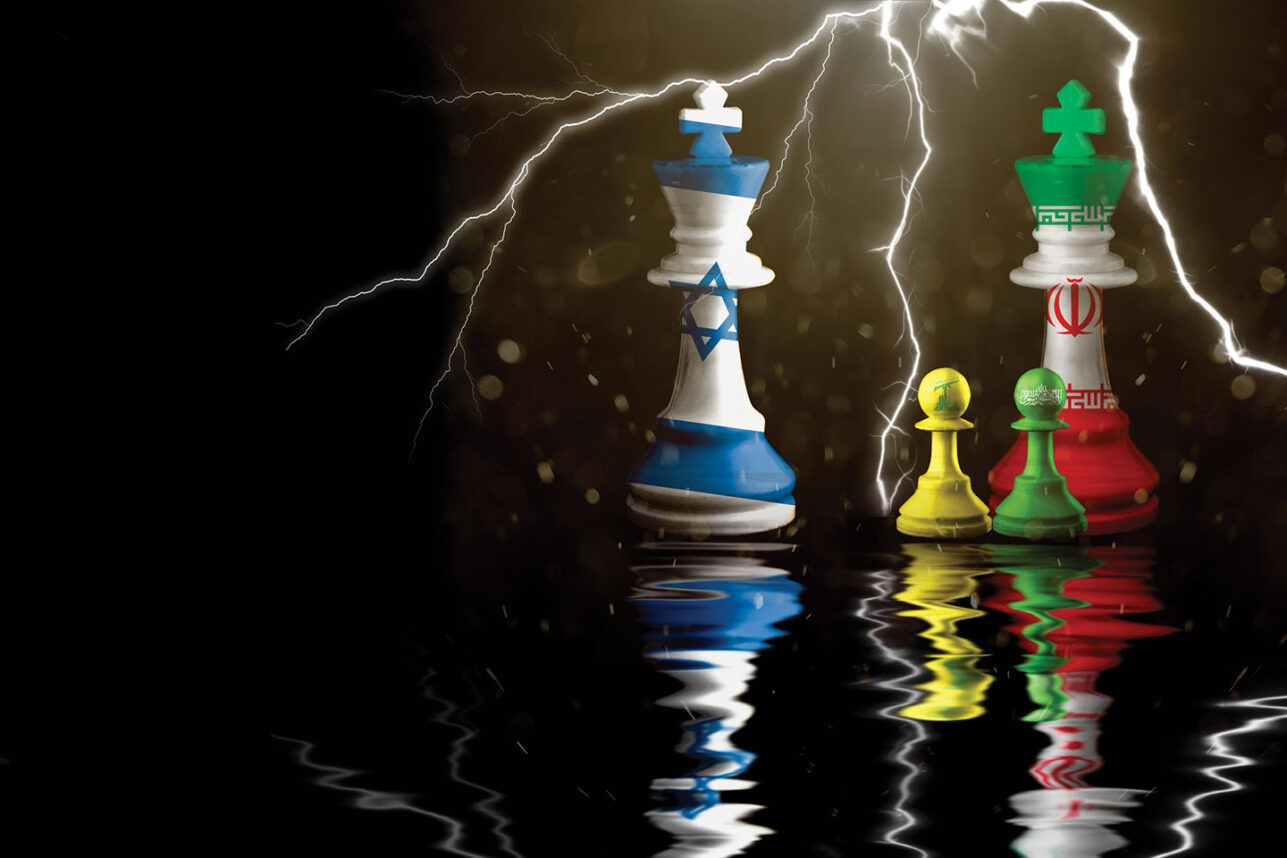

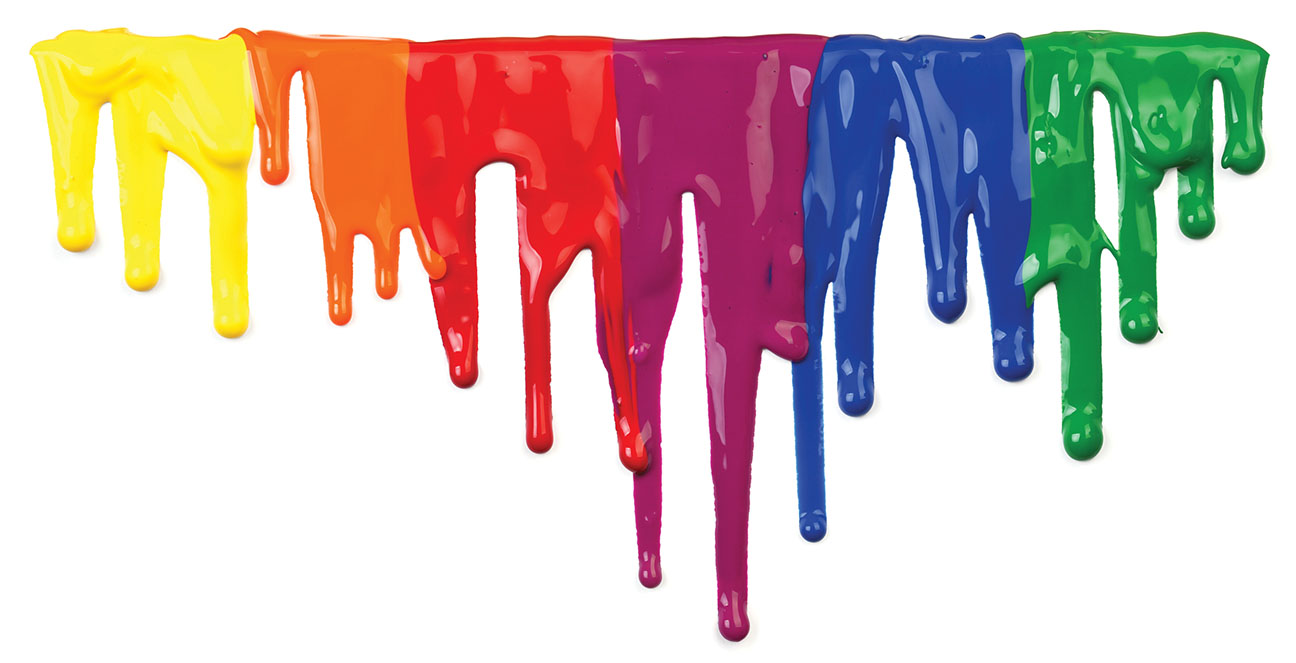

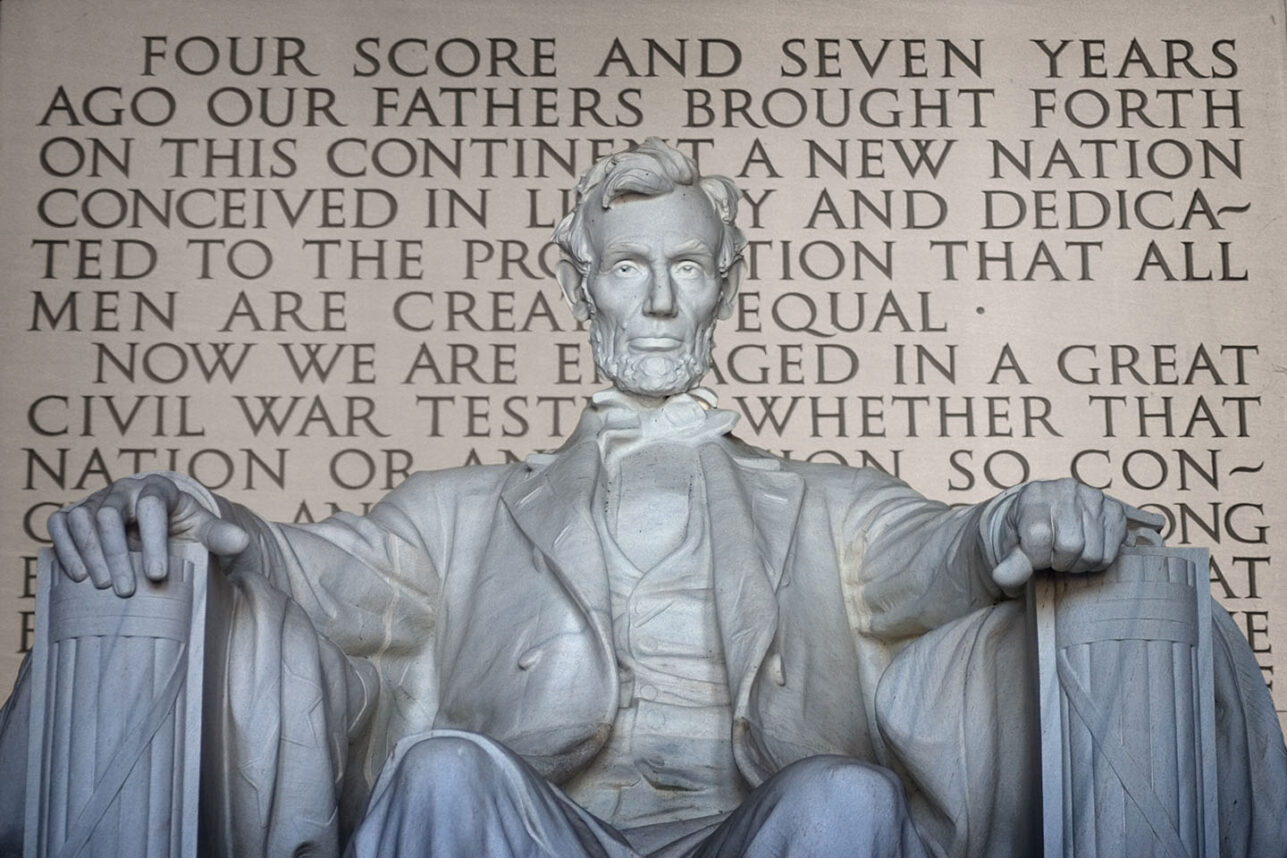
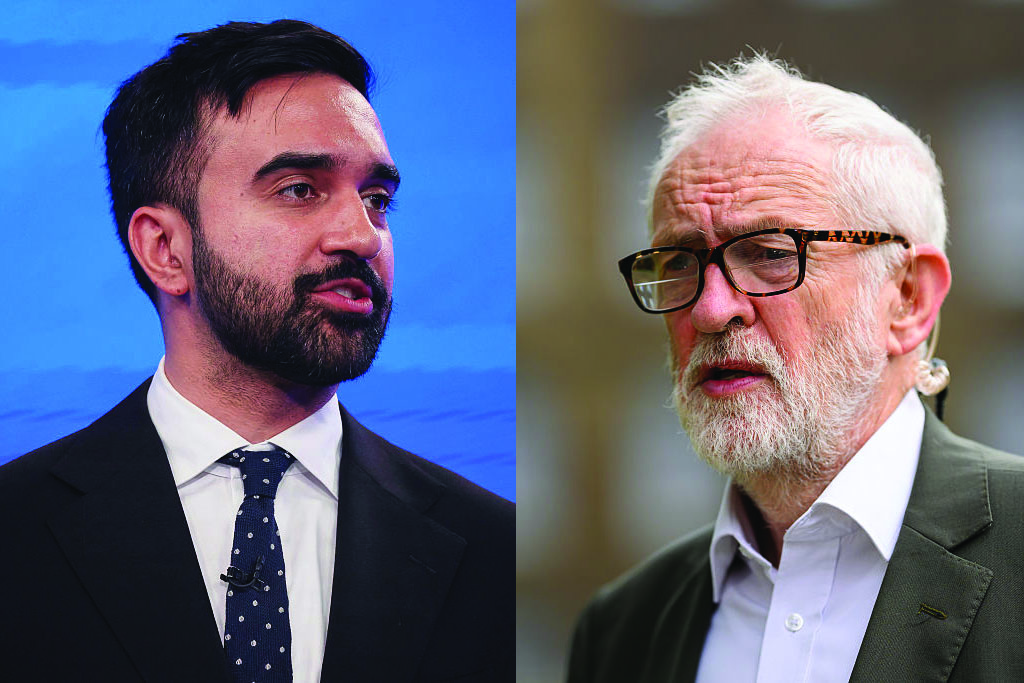



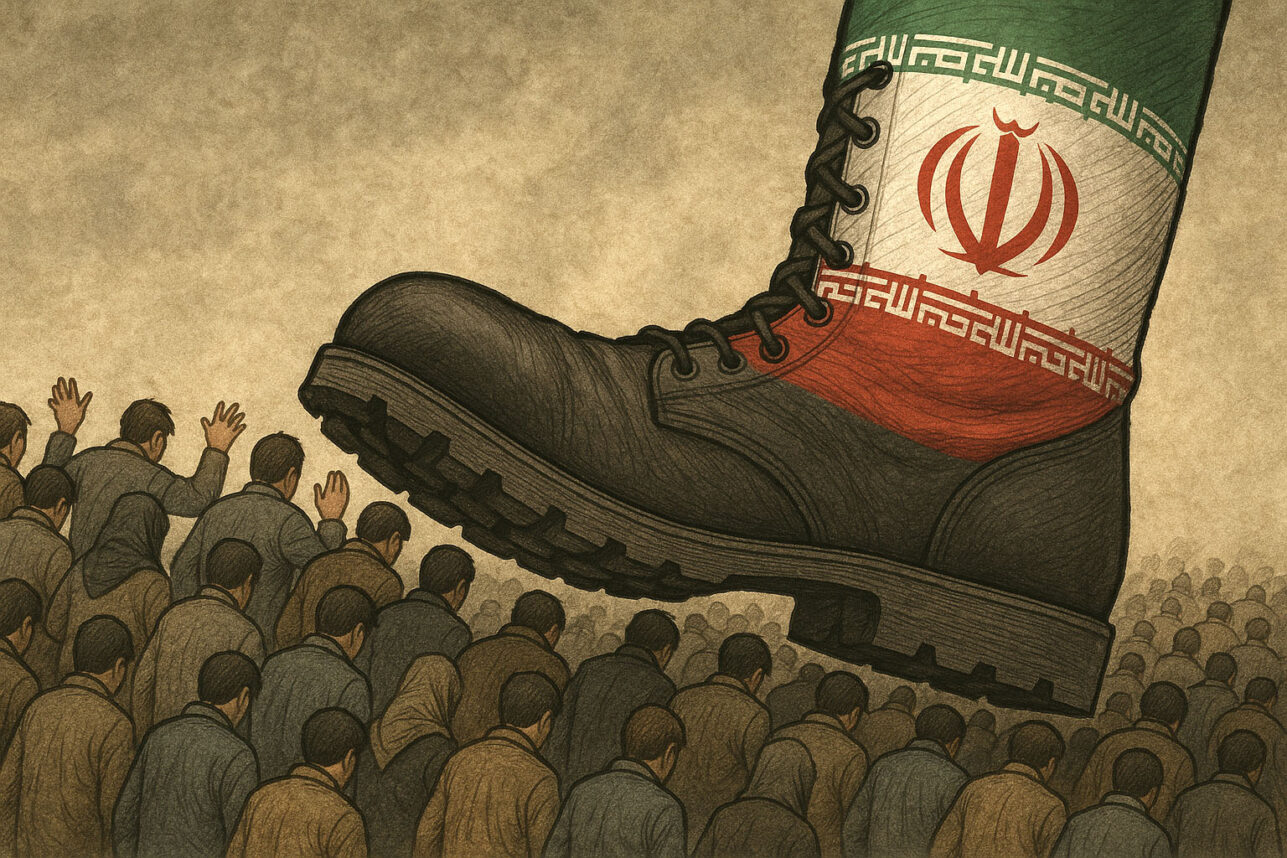



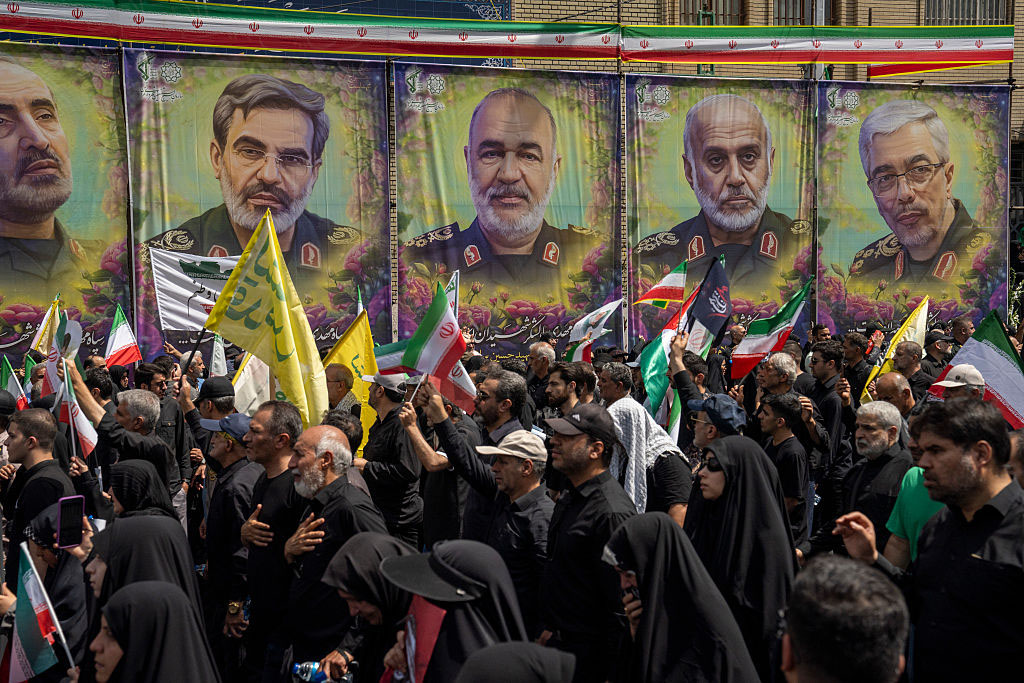



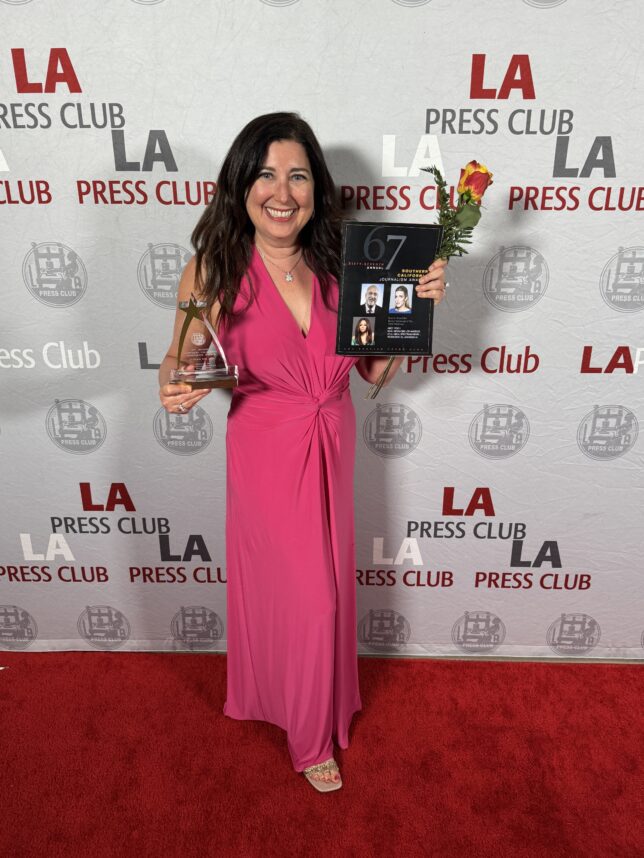







 More news and opinions than at a Shabbat dinner, right in your inbox.
More news and opinions than at a Shabbat dinner, right in your inbox.